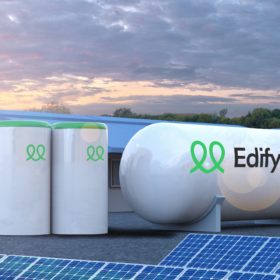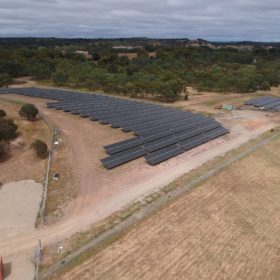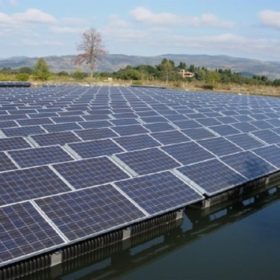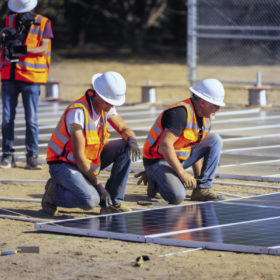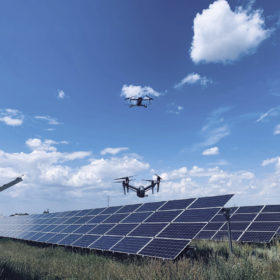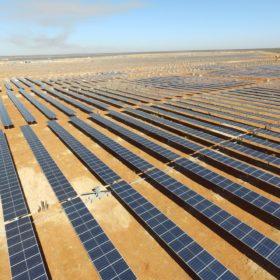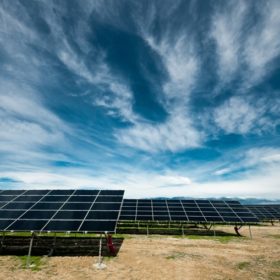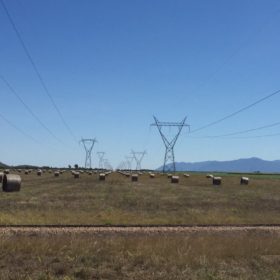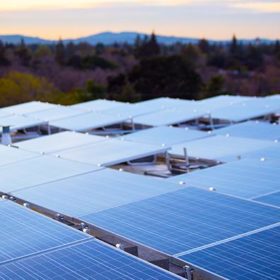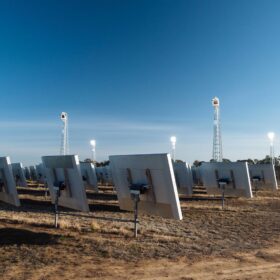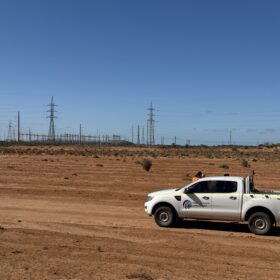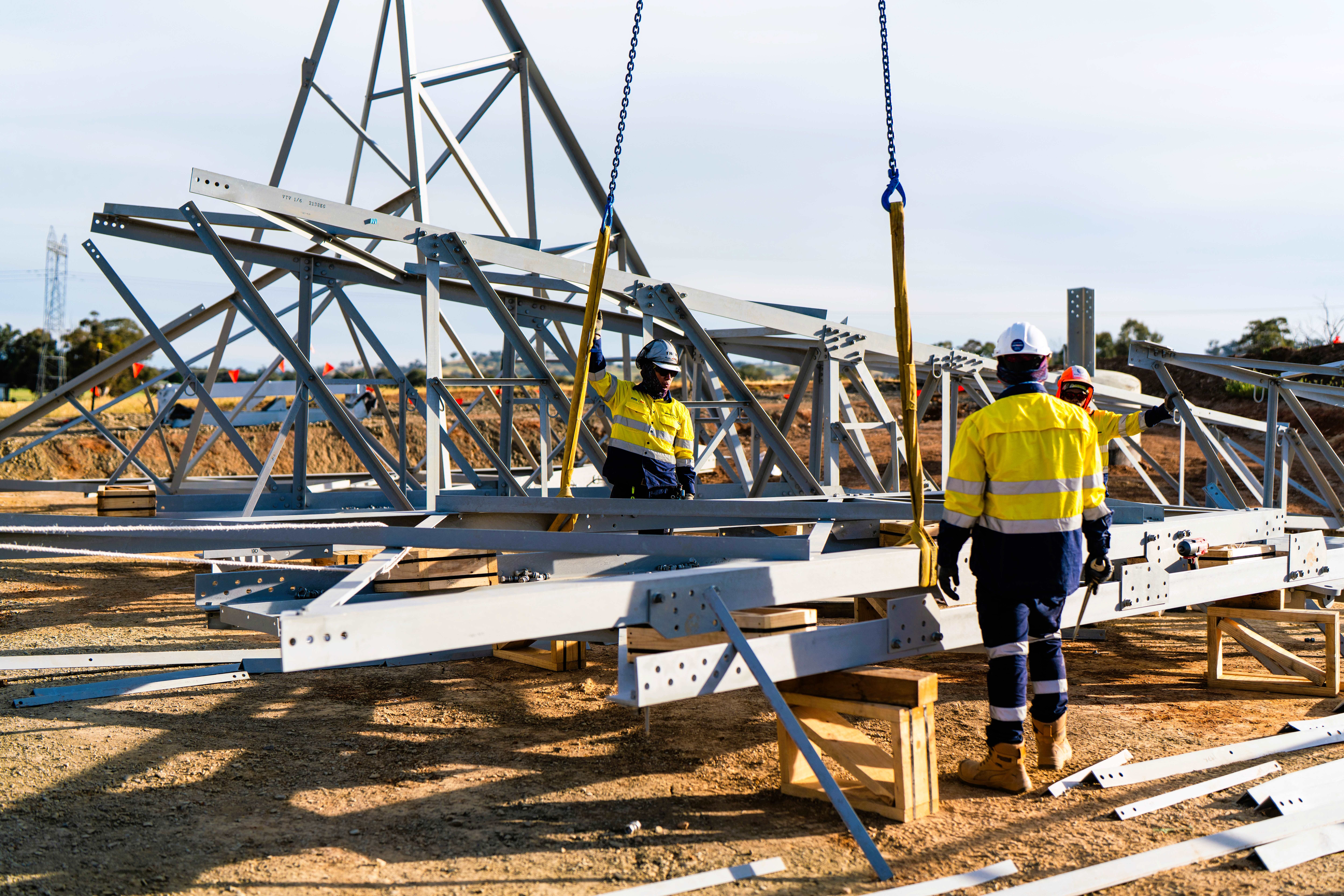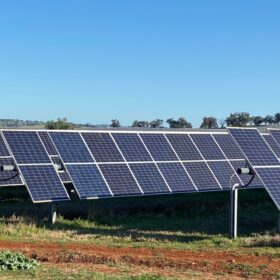Rio Tinto ramps up solar at remote mining operation
Mining giant Rio Tinto has confirmed Energy Developments Limited is poised to begin construction of a new solar farm and battery energy storage system that will more than triple the solar PV generation capacity at the Anglo-Australian multinational’s $2.6 billion bauxite mining operation at Weipa in far north Queensland.
Edify approved for 1 GW green hydrogen and battery project in North Queensland
Renewables developer Edify Energy has been granted development approval to build and operate a green hydrogen production plant of up to 1 GW, as well as a behind-the-meter solar and battery storage facility within the Lansdown Eco-Industrial Precinct in Townsville, northern Queensland.
Solar energy on tap for SA water
Power and water are a classic utility couple. SA Water has switched up the relationship with another solar plant energised in its massive solar rollout that is set to save on both costs and carbon.
India’s largest floating solar plant commissioned
The state-owned engineer and solar EPC Bharat Heavy Electricals Limited (BHEL) has commissioned a 25 MW project at NTPC’s Simhadri thermal power station, in Andhra Pradesh.
Sunday read: Bringing costs down to earth
Rising efficiencies and the plummeting cost of solar modules over the past few years, recent months notwithstanding, are leading innovators toward ideas that may look unusual in the current tracker-dominated world of large-scale solar parks. Advocates of the new approaches argue that they leave traditional models looking decidedly flat by comparison.
Saturday read: Game of drones
Drones have already established themselves in industries as disparate as warfare, wedding photography, and burrito delivery, and increasingly the solar sector is taking the high road, too. Combined with thermal imaging, drones have the potential to obviate expensive maintenance costs for large-scale solar plants, as well as C&I and growing niches like floating PV. But how useful are they, and what role does AI play in making the most of a bird’s eye view?
Amp powers ahead with 85 MW Hillston Solar Farm
The Australian arm of Canadian clean energy investment firm Amp Energy expects to begin energisation of its 85 MW Hillston Solar Farm in New South Wales early next year after confirming it had achieved financial close for the estimated $100 million project.
French utility EDF eyes large-scale solar in Hunter Valley
French energy giant EDF has revealed the latest element of its planned expansion into the Australian renewable energy market, teaming with New South Wales-based miner Malabar Resources to jointly develop large-scale solar PV projects in the Hunter Valley.
New player ACE Power enters Australian market with 1.3 GW portfolio
Australian renewable energy developer ACE Power has called on the federal government to set clear policy and emissions targets as it looks to make an impact on the nation’s transition to renewables with an estimated 1.3 GW portfolio of large-scale solar PV, wind and battery energy storage projects in development.
Price increases hit US solar
Price increases, supply chain disruptions, and a series of trade risks are threatening the U.S.’s ability to decarbonise the grid, warned SEIA president and CEO Abigail Ross Hopper.

